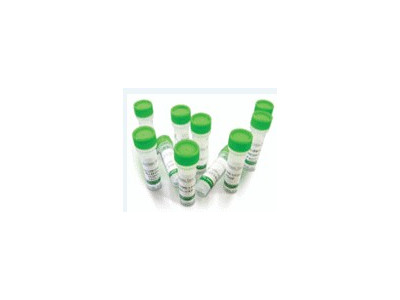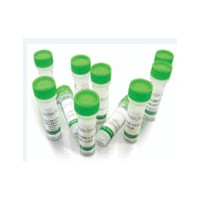弓蛔虫病的免疫学检查包括:血清IgG抗体ELISA检测、血清与眼内液IgG抗体共同检测、Western免疫印迹检测。血清IgG、IgM和IgE通常升高,但研究显示只有IgG具有诊断价值,ELISA试验测定抗弓蛔虫IgG抗体是一种稳定和可靠的诊断试验。德国IBL公司提供的犬弓蛔虫IgG检测试剂盒(酶联免疫法)是行业内较早(至少早于2009年)用于犬弓蛔虫科研的试剂盒。
Details for: Toxocara canis IgG ELISA
Toxocara canis (an ascarid) is a parasitic nematode (roundworm) commonly found in the intestine of dogs. Humans are paratenic hosts who become infected by ingesting infective eggs in contaminated soil. After ingestion, the eggs yield larvae that penetrate the intestinal wall and are carried by the circulation to a wide variety of tissues (liver, heart, lungs, brain, muscle, eyes). While the larvae do not undergo any further development in these sites, they can cause several local reactions that are the basis of toxocariasis. In most cases, Toxocara infections are not serious, and many people, especially adults infected by a small number of larvae (immature worms), may not notice any symptoms. The most severe cases are rare, but are more likely to occur in young children, who often play in dirt, or eat dirt contaminated by dog stool. The two main clinical presentations of toxocariasis are Ocular Larva Migrans (OLM), an eye disease that can cause blindness (each year more than 700 people infected with Toxocara experience permanent partial loss of vision), and Visceral Larva Migrans (VLM), a disease that causes swelling of ancillary body’s organs or central nervous system. The presence of parasite resp. infection may be identified by
- Microscopy
- Serology: Detection of antibodies by ELISA



